Mining
Modesta, in Langreo, is one of the coal places that have undergone the most intense changes during the 20th century, washing and producing coal for Spain.
Since the last quarter of the 19th century, a small coal mine, La Perezosa, had been operating. It underwent changes in the hands of Herrero Hermanos to connect it with the rest of its exploitations in Langreo and San Martín. The integration of this company into Sociedad Metalúrgica Duro Felguera, in 1902, increased the transformation of the sector. Its location on the railway line of Compañía del Norte and its proximity to La Nalona Mine - soon sunk to give rise to the Fondón Mine - were responsible for the change.
Modesta grew as a mine and as a place to wash the coal of a large part of Grupo Sama: more than 130,000 tonnes in 1923, a much higher production than most of the medium-sized companies and shafts. The mine was equipped with new services: a mine opening (1911), a laboratory, a compressor room and a ventilator, housed in buildings, very similar to those that were being erected at the same time at El Fondón, although on a smaller scale. For the preparation of coal, the washing plant was refurbished in 1909 with a new water supply. In 1910, a magnificent tunnel was built to connect it with La Nalona. Finally, in 1957, the mine was sunk giving rise to the Modesta mine shaft and new buildings were erected, such as the engine house, designed by the architect Julio Galán.
The integration of Duro Felguera into HUNOSA in 1967 implied new transformations at Modesta. It housed a large central washing plant for the preparation of the mineral from the company's exploitations in the Nalón area. In this new context, the shaft ceased its activity in 1975 and a very complex underground facility was built. It included new galleries, internal deposit shafts and kilometres of conveyor belts that took the coal from the San Martín and Langreo mine shafts to the new, modern washing plant. In 2007, a fire accelerated the closure of the facility. Two years later, the demolition work began. Only the headframe, restored by the architect Miguel García Pola in 2018, and some of the buildings from the beginning of the century have been saved.

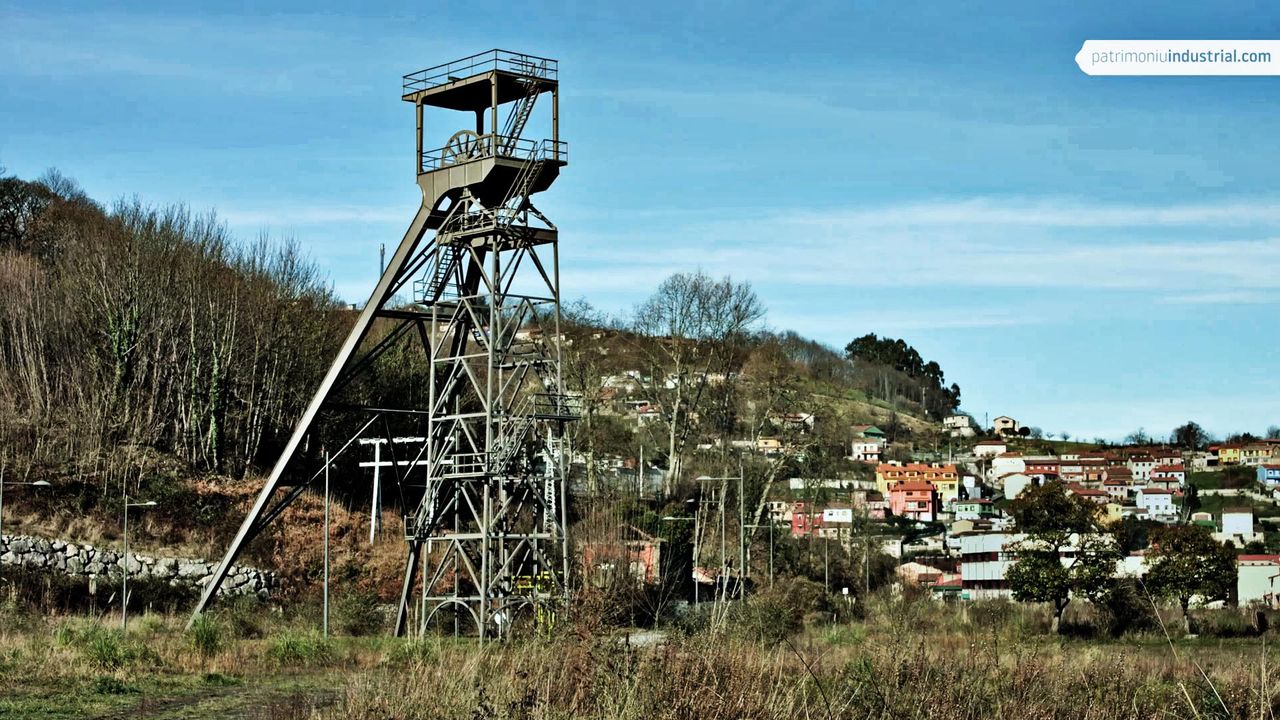
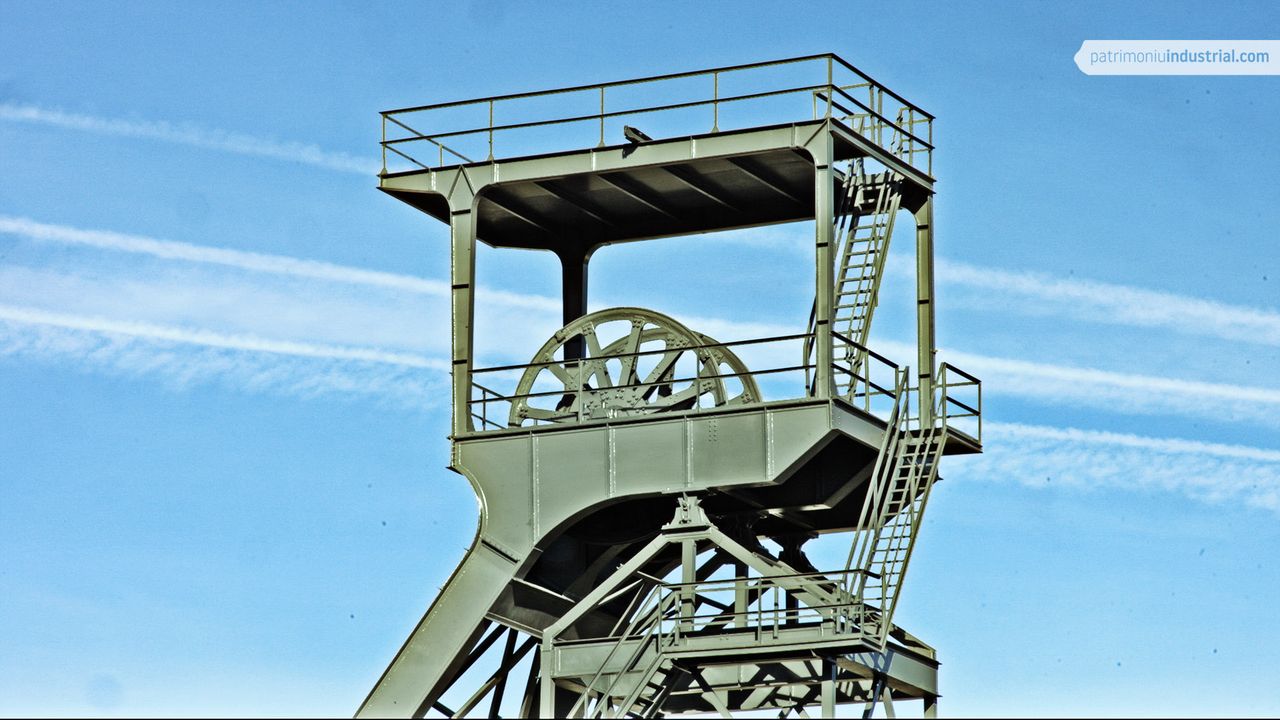

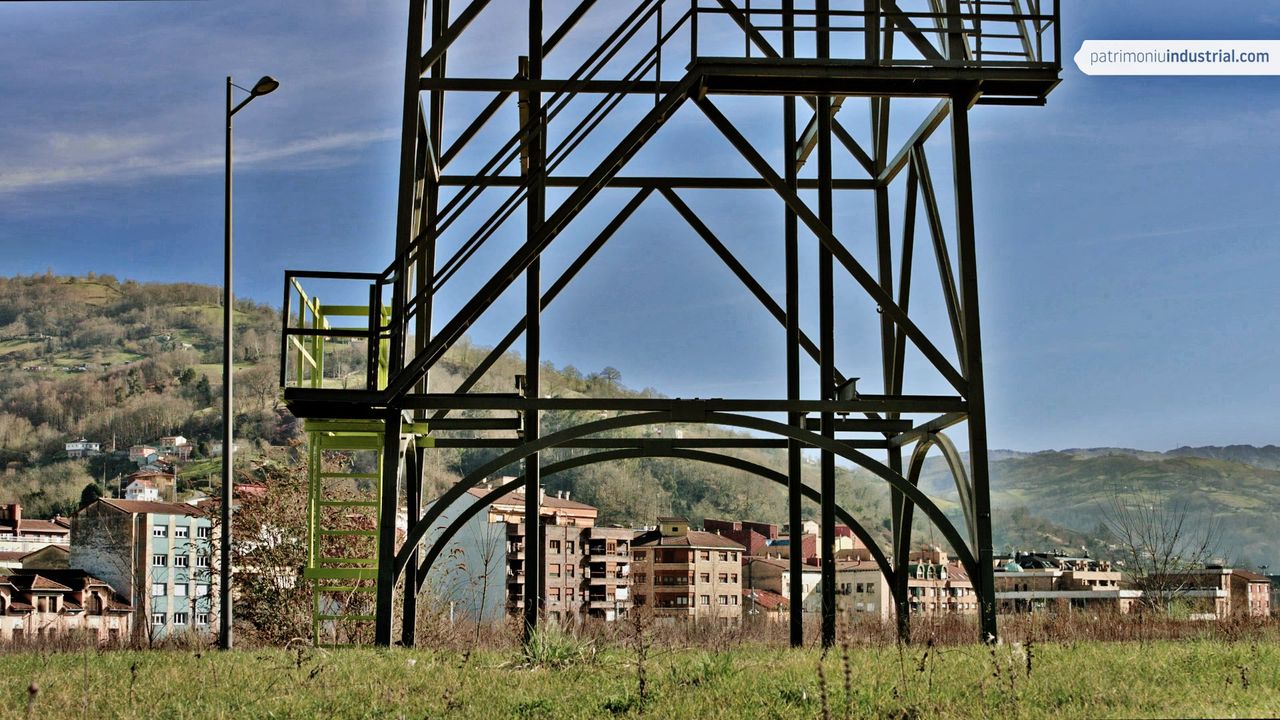
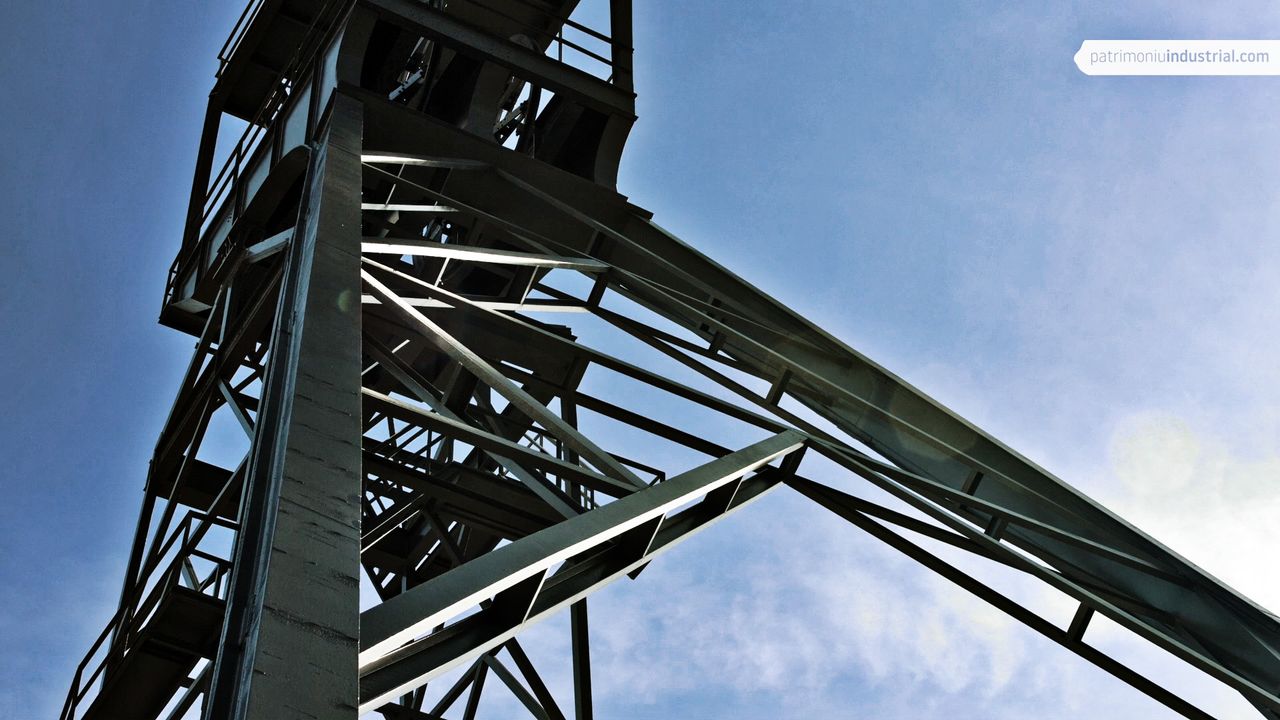
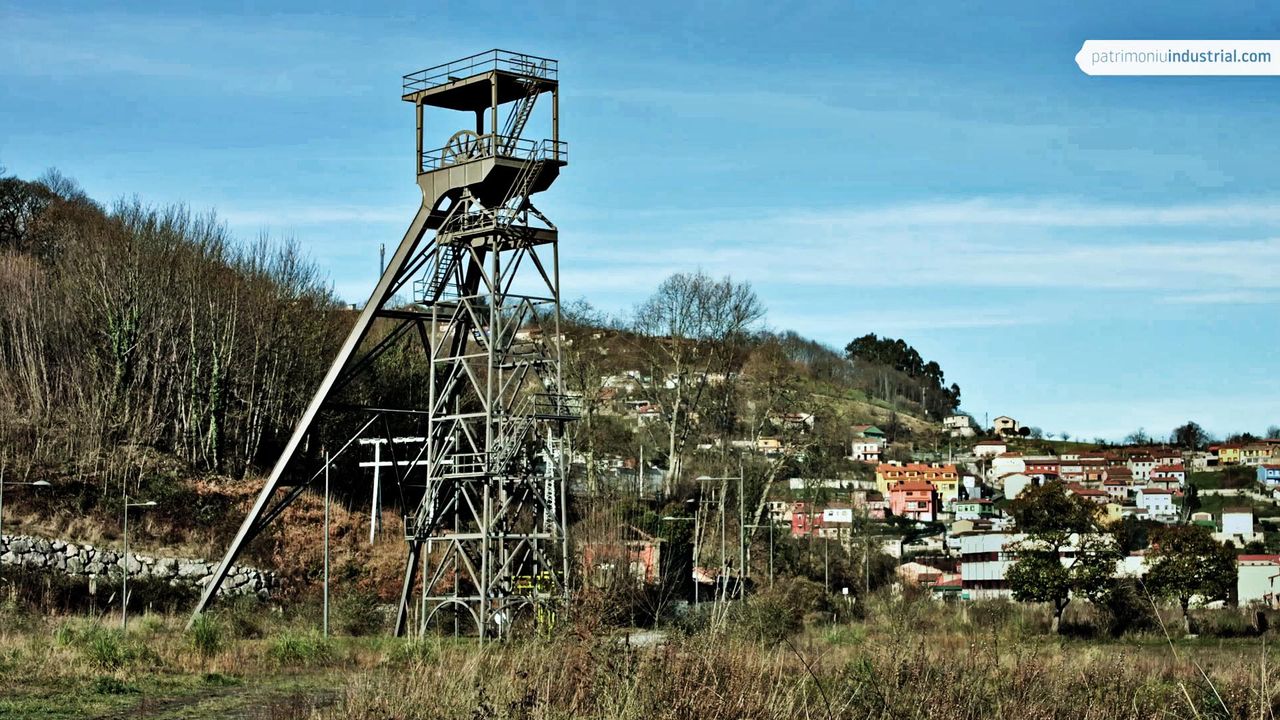
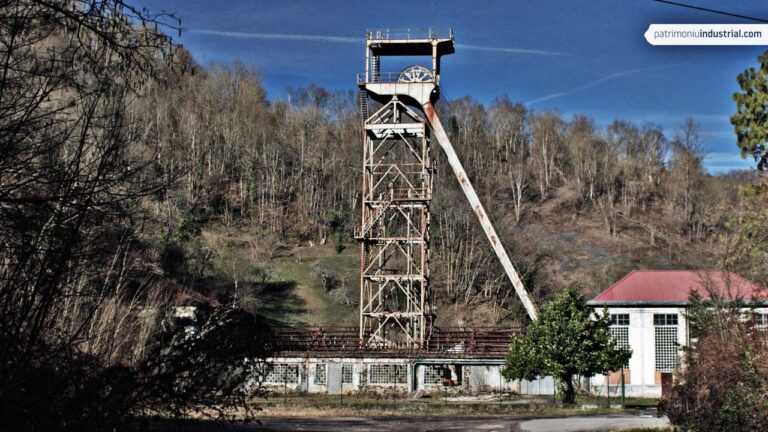
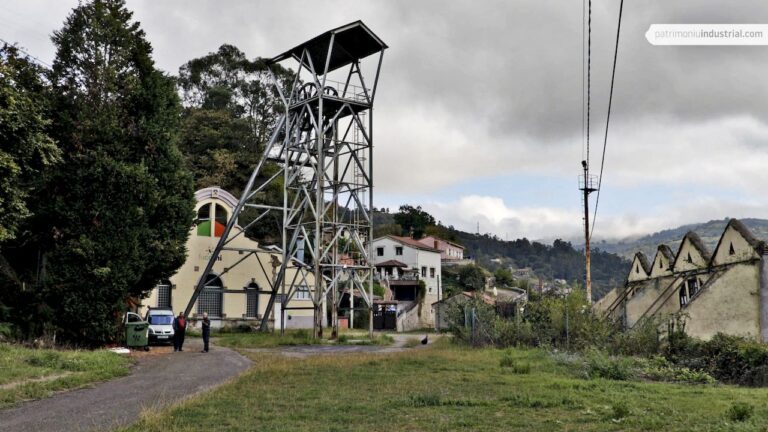
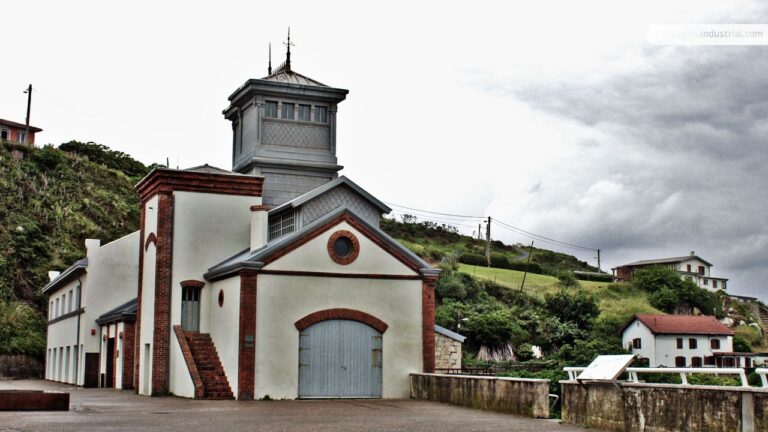

Recent Comments